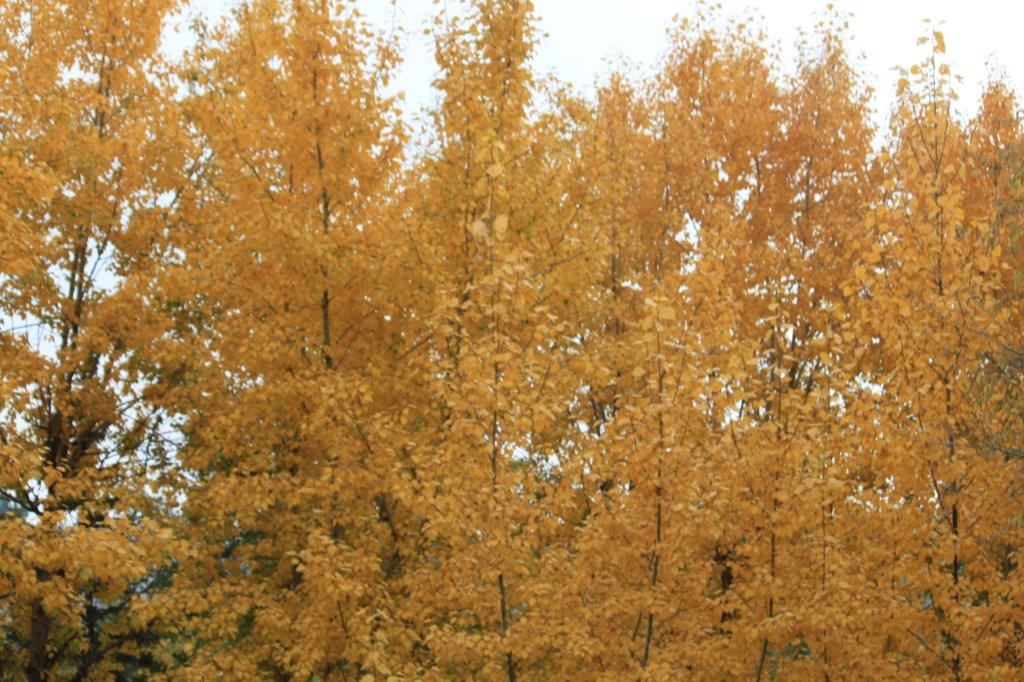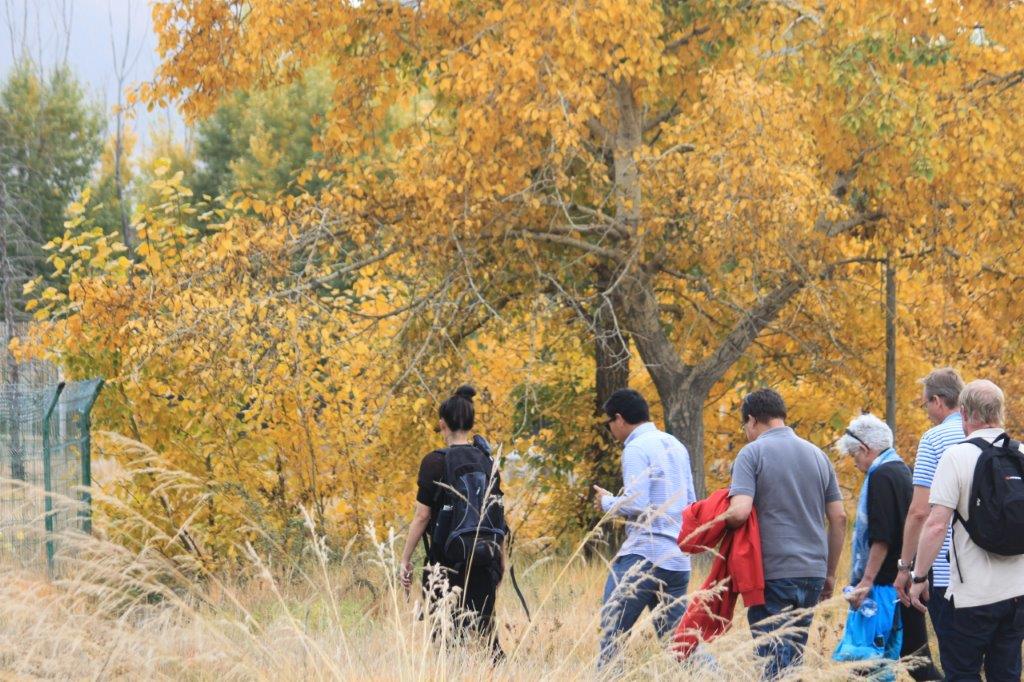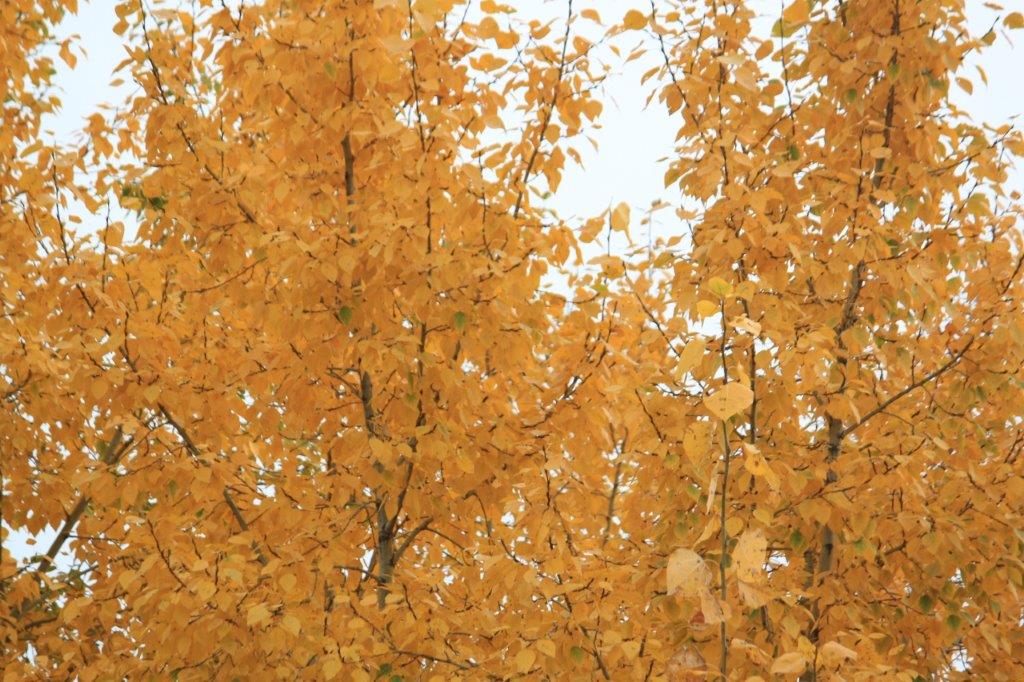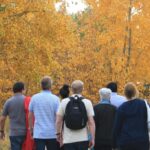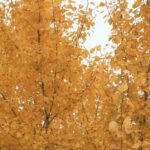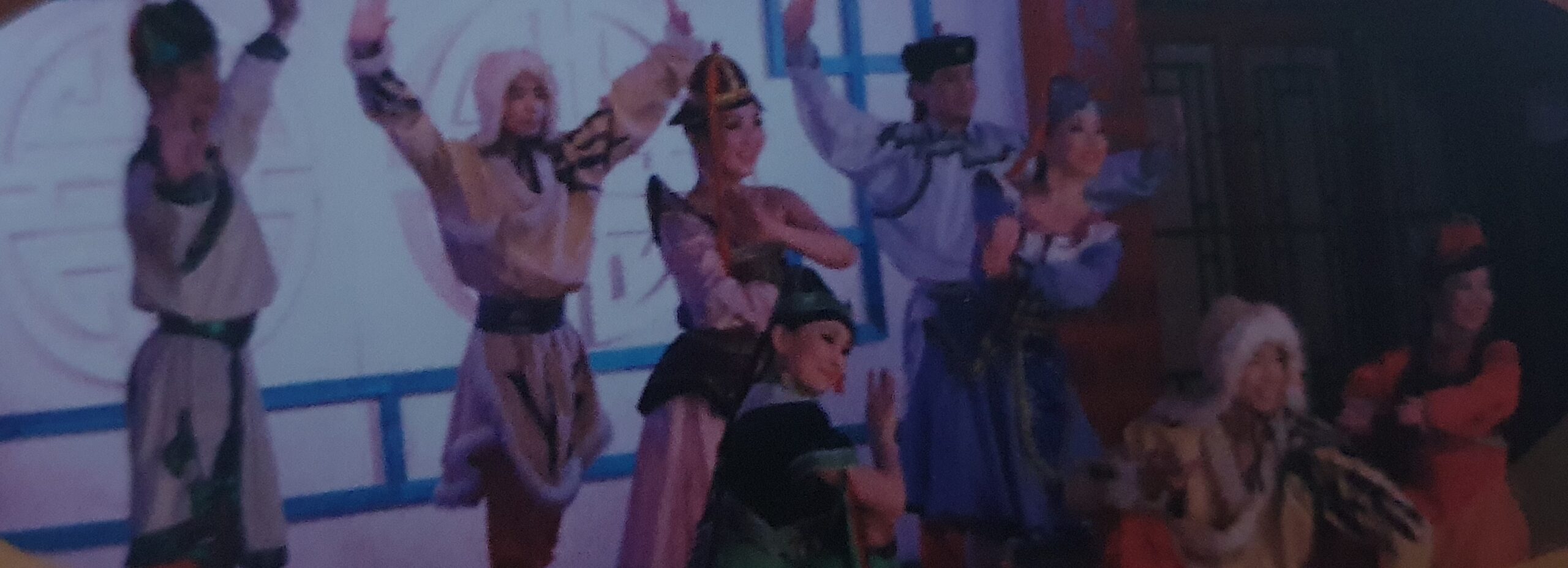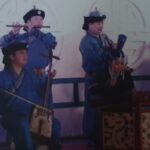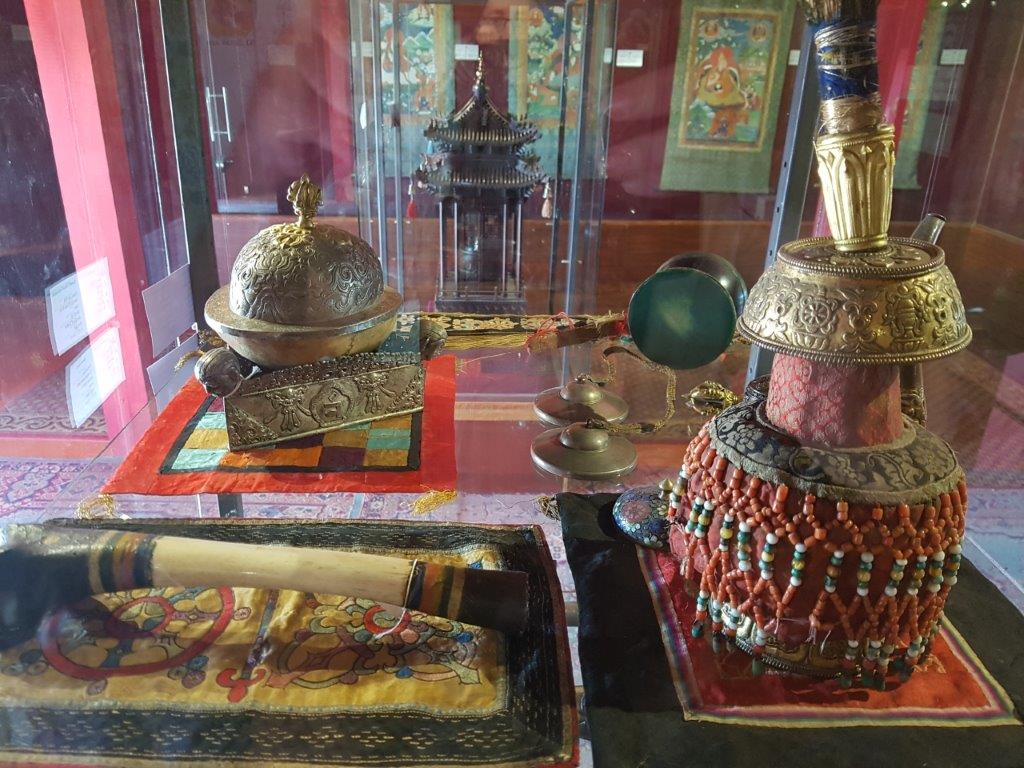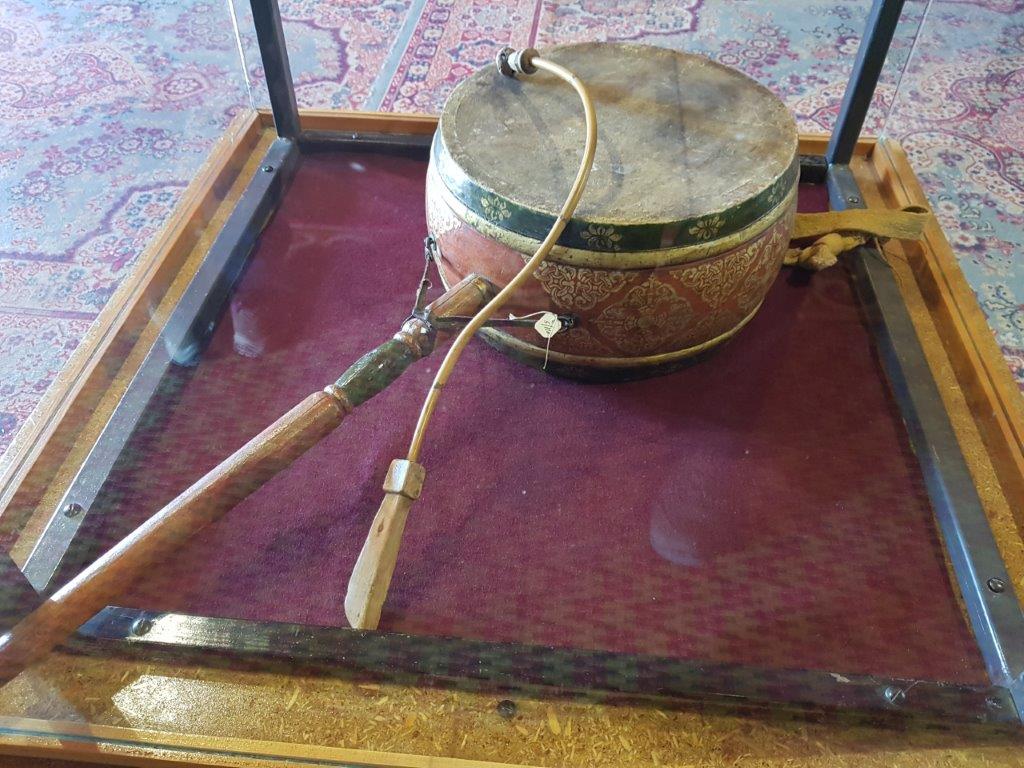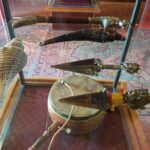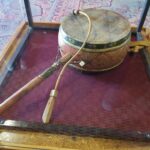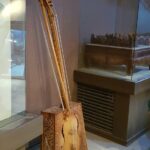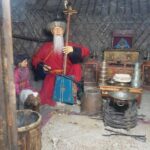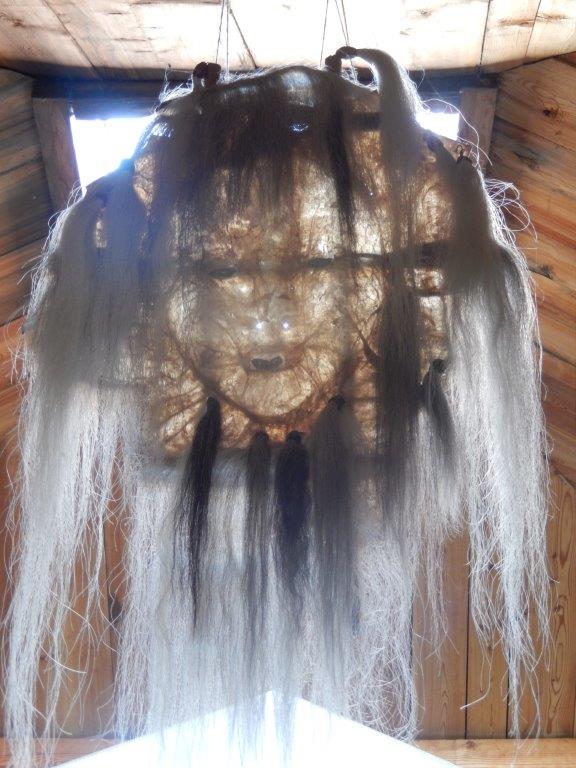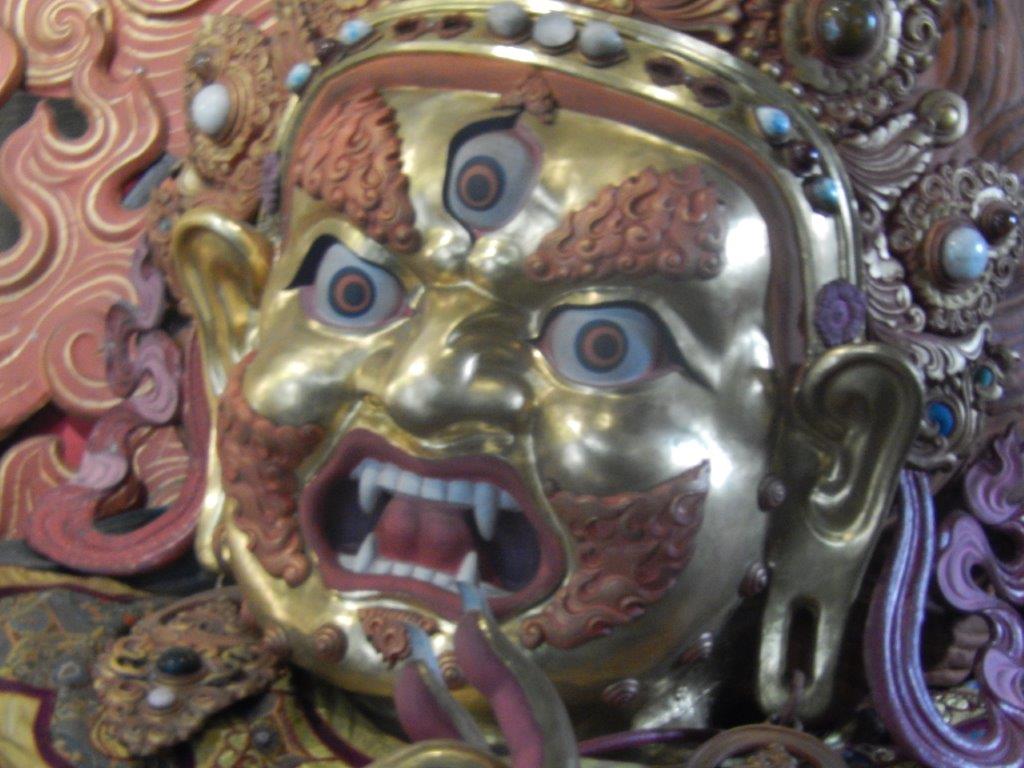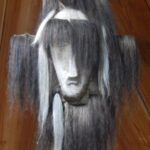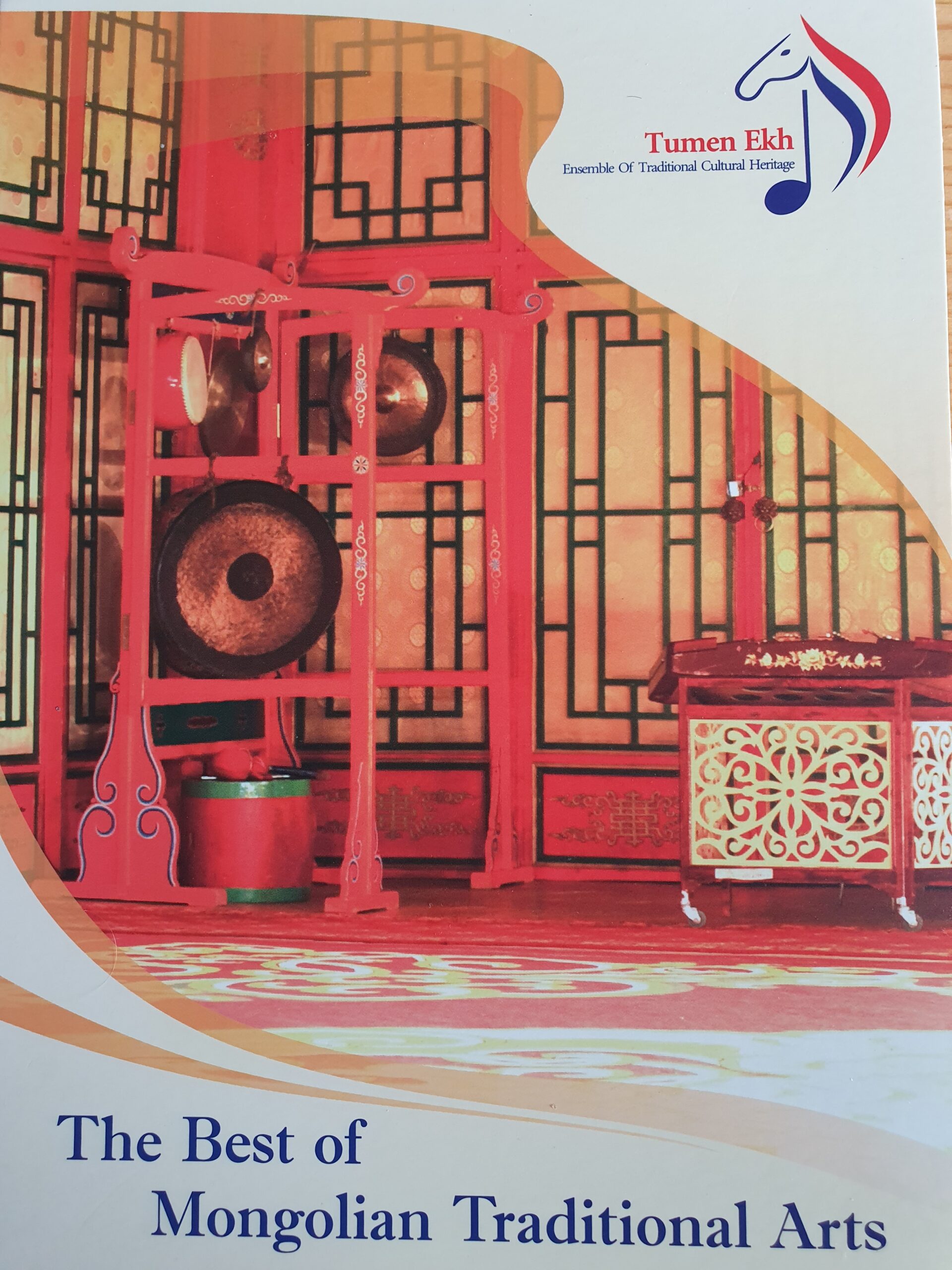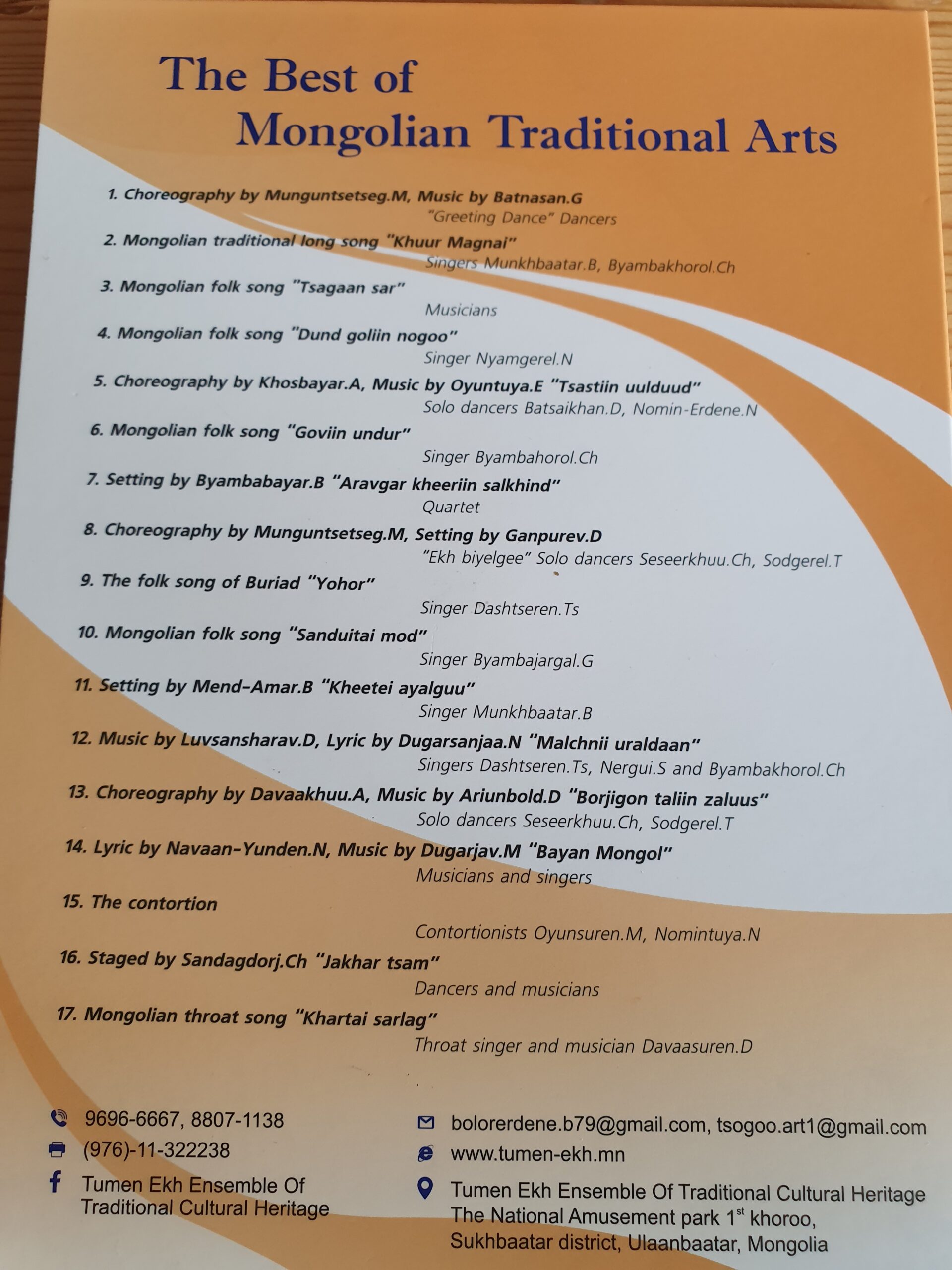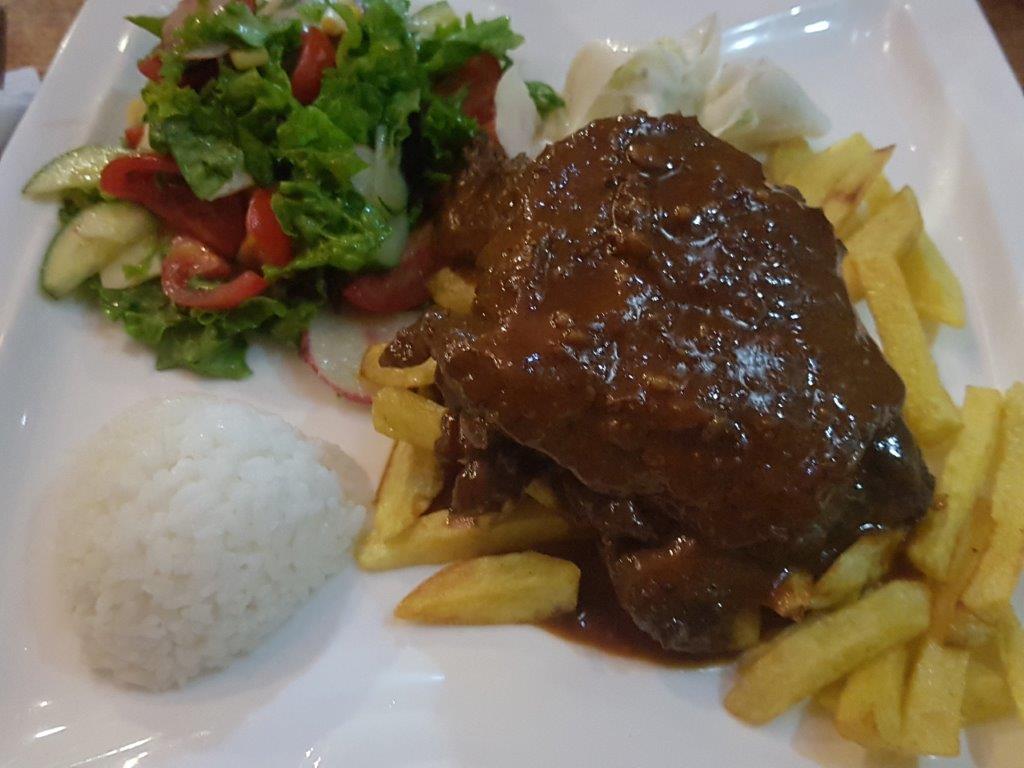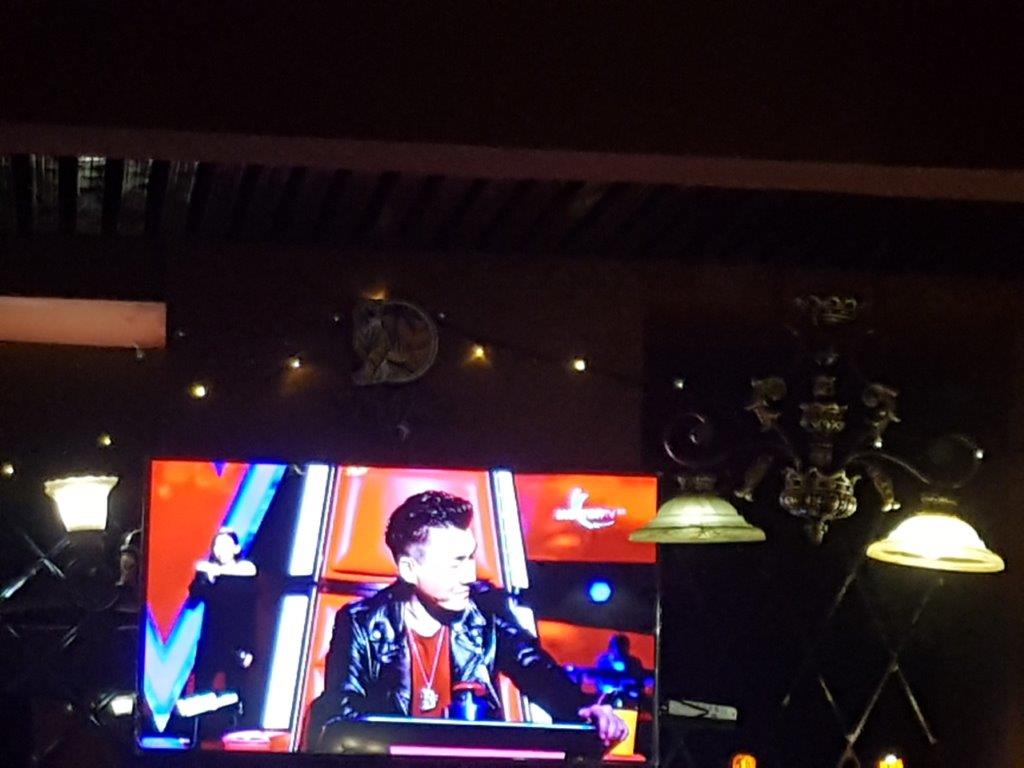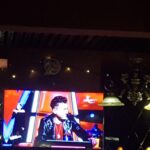Cultural citytrip 4: Autumn in UB and traditional Mongolian throat singing, dance and music
Park
Although the real date on which Autumn starts had not yet passed, Autumn had definitely exposed itself during the long train ride through Russia and Siberia and during the roadtrip through northern and central Mongolia. Here in UB the tree leaves had all but lost their green color…
I don’t know whether this park really had a name, but in it were different recreational possibilities besides walking through. One of these was a theatre where performances of traditional mongolian music, dance and singing (including the world renowned throat singing) were performed. The Wandelgek purchased a ticket for a performance later that evening.
Mongolian throat singing
In the early evening The Wandelgek returned to the teatre.
Beneath are a couple of great youtube movies of the performance. After visiting the performance you can purchase a dvd of the performance as a souvenir to remember it by. The Wandelgek did and is now able to relive the very special show whenever he likes and it is worth reviewing, because the show is of a very high standard.
The Tumen Ekh Ensemble of Traditional Cultural Heritage
The Tumen Ekh Ensemble of Traditional Cultural Heritage is one of the very best national song and dance ensembles in Mongolia. “Tumen Ekh” in Mongolian carries a meaning of “a leader or vanguard of everything”. In 1989, a group of outsranding artists took the name of the famous folk song “Tumen Ekh”, and joined together to form this ensemble.
There are traditional Mongolian string and wind instruments, as well as drums and gongs. Mongolians have made their music through the ages using metal, stone, bamboo, leather and wood. The most popular musical instrument is Morin kuur (horse fiddle), which is created to imitate the trooting and sounds horses make.
If you arrive by train in UB and have only limited time before travelling further, then you can have a taste of different types of traditional Mongolian music, without travelling through the country, crossing mountains and steppes, simy by visiting the “Tumen Ekh” theatre. The artists perform without using microphones or other technical support, so the audience experiences the natural voices.
The show began with traditional music and dance. The performers played different traditional instruments and wore traditional clothing…
Each show is dotted with several performances, each showing some aspects of traditional Mongolian song, dance and music.
Beneath I’m describing different performances shown in a show.:
Singing
Long song
Long song (drawling song) is a specific feature of Mongolian traditional musical culture which is a classical work itself. Long Song has a history of over 2000 years and its composition is unique and distinct. The rythm is non-metrical, and the singing is free and drawn out. This type of songs, is originated from imitation of echo and description of vast space and far distance by sound, thus long songs require a riche, large voice and deep breath. Also “braiding” vowels is one of the major parts of this type of songs. Lyrics are often about such subjects as swift horses, beautiful nature and love for one’s family or lover. It is usually sung to the accompaniment of the morin khuur (horse head fiddle).
Folk song
Each ethnic group og Mongolia has their own distinct type of short songs. Mongolian short songs are divided into two basic types:
- Traditional and
- Khuree (urban).
Traditional short songs are the mirror to see the nomadic lifestyle of Mongols, whereas Khuree songs became the witness of settled lifestyle of later generations of Mongols.
The praise song
Mongolian folklore has many types of epic and eulogy praises. One of the widely spread types is praise song, which is the embodiment of Mongolian poetry, folklore, music and art of improvised compositions. Praise songs can be of different types, depending on certain situations. It can be sang by a singer with some background melody, or can be toldby usingsome musical instrument or the song could be directly composed, related with the situation, etc. Praise doesn’t give forged or fake appraisal, but it defines the situation and its actuality by choosing right words with artistic meaning.
Throath singing
This is one of the special features of Mongolian traditional music, which could be found only in Mongolia. Khoomii is originated from the western part of Mongolia and closely connected with nature as well as people’s way of thinking and living. It is sung by utilizing two or three distict pitches at the same time. As Khoomii is widely spread all over Mongolia, it has 4 basic types and it could be further divided into 24 sub-types.
Music
Folk music
Since Chiggis Khan’s reign, Mongolians have been opening the eyes of people around the world by establishing diplomatic relations, opening trade routes among the countries, making geographic discoveries and having cuktural exchange, which in return deeply influenced the development of musical culture of Mongolians. During that process, Mongolian musical instruments were spread in other Asian countries such as China, and in return Arabian, Indian and European musical culture was brought into Mongolian musical instruments.
From the historical documents, it could be seen that most of the wind instruments and percussion instruments were originated from Mongolia.
Morin Khuur (Horse headed fiddle)
It is one of tge ancient traditional musical instruments of Mongolians and it could be found only in Mongolia. Its design and sound are distinct because this instrument has very deep connection with the special identity of Mongolians; it is the symbol of Mongolian culture.
Mongolians used to adore the horse from countless years ago as this animal is their closest friend. Therefore Mongolians used horse head on top of the neck of the fiddle as it is the most respected part of the instrument. This was not an incidental thing to connect horses with the musical instrument, but represents both the scientific and symbolic side of Mongolian culture. Mongolians were the first who found out the method of making musical sound by using two strings.
Dance
Folk dance
Dance is one of the earliest types of art and Mongolian folk dance is closely related with nomadic civilization. In other words, as mentioned in “Secret History of Mongols”, related with the lifestyles of Mongolians, rather than using steps, Mongolians use facial expressiins along with eye sight as well as the movement of hands and upper part of the body to express their inner selvesand other things. Mongolian folk dance is able to express a lot of things within a limited space by using its unique features.
The shaman dance
From ancient times of Chinggis Khan, Mongolians practiced Shamanistic traditions. In an attempt to rid the own country and future from every corruption, ancient Mongolians have developed their relevance on shamanistic worship. The shaman dance is an expression of limelight sacraments and features for very ancient religion of the Mongol nation.
Tsam mask dance
Mongolia’s Buddhist temples host the spectacular Tsam dances during special religious ceremonies. Lamas wearing huge, ornate masks and brilliantly decorated costume sway and circle to the sound of gongs and horns. This is a theatrical art by those bearing the external appearance and characters of different apostles and devils, animals and real people. The scenery opening inaction, musical climax and outcome of Tsam dance reflect the charcter of the dancers in differentvways: cruel, calm or humorous.
More on Shamanism can be found in my blog: Exploring and conquering the Wild East of Siberia
Contortion art
 It is Mongolian’s way of shiwing the abilities of the human body, which can express anything within the limited space of anywhere. The lifestyle and speciality of household affairs of Mongolians facilitated them to develop this art of contortion. Mongolian contortion has itscunique way to expose itself as an art and itvis usually performed by little girls and boys.
It is Mongolian’s way of shiwing the abilities of the human body, which can express anything within the limited space of anywhere. The lifestyle and speciality of household affairs of Mongolians facilitated them to develop this art of contortion. Mongolian contortion has itscunique way to expose itself as an art and itvis usually performed by little girls and boys.
DVD
Although photography is not allowed during the show, it is possible to purchase a dvd of the show afterwards…
More information can be found at: Tumen Ekh webblog
Dinner
Funny thing during dinner was that on a tele a local Mongolian version of The Voice was broadcasted. It is a dutch program format which was sold to many foreign countries, apparently also to Mongolia…
Last view of Ulaanbaatar
The Wandelgek enjoyed his last moments in UB, soaking up the night traffic and streetlife of this strange city.
Then he returned to his hotelroom to start packing and to shower before going to sleep. The next day he would start on his last section of the journey to Beijing, that started a few weeks earlier in Moscow….



